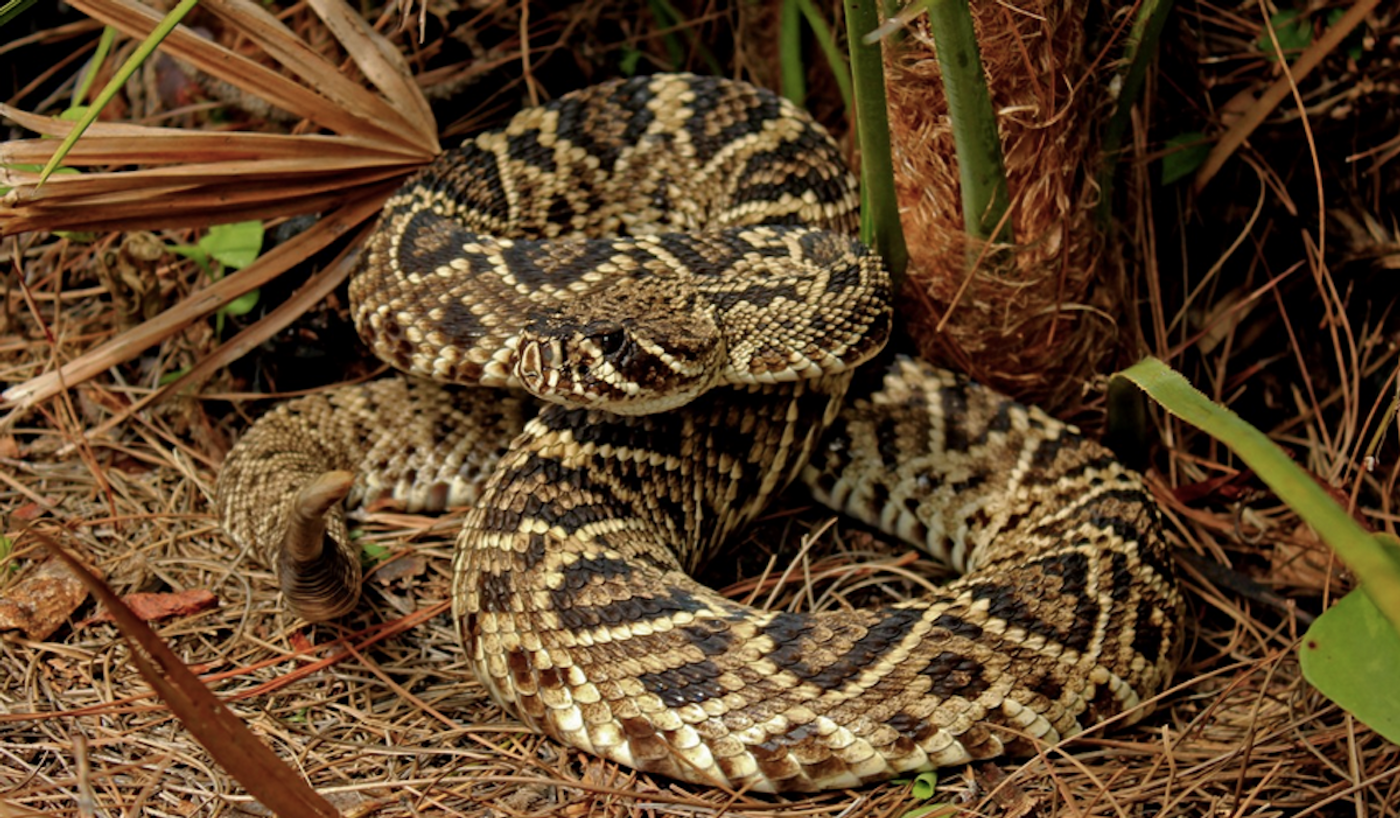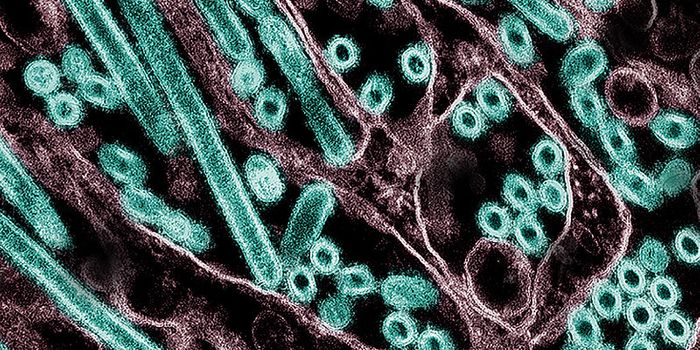Fungal Disease Affecting Snakes Is More Widespread Than Thought
A team of researchers and personnel on military bases in 31 states and Puerto Rico completed a project in which they looked for an emerging fungal pathogen that affects snakes to see how widespread it is. Their effort revealed snakes infected with fungi on military bases in 19 states and Puerto Rico. Those findings, which were reported in PLOS ONE, show that this fungus is affecting snakes in more places than was known. In 2006, this fungal disease was first confirmed in timber rattlesnakes in New Hampshire.
"Ophidiomycosis, formerly known as 'snake fungal disease,' is an emerging infectious disease caused by the fungus Ophidiomyces ophidiicola," said the study leader, Dr. Matt Allender, a professor in the veterinary diagnostic laboratory at the University of Illinois (U of I) Urbana-Champaign. "It has been documented in over 15 genera of wild and captive snakes. Infection with the pathogen causes a wide range of clinical signs in snakes, from difficulty shedding skin to crusts and ulcers on the head and body, and even death in some cases."
"We looked for this pathogen in samples from 657 snakes and found that 17 percent were infected. Our findings include the first reports of this disease in Oklahoma, Idaho, and Puerto Rico," noted Allender, who is an ophidiomycosis expert and the director of the Wildlife Epidemiology Lab at the U of I.
In this work, the researchers examined swabs obtained from snakes that represent 58 different species. They created a diagnostic assay for the fungal disease that utilized qPCR, which can make more copies of specific sequences of DNA and indicate how severe a fungal infection is. The team also examined the snakes for signs of disease including scabs. This work revealed pathogens in 113 samples from snakes representing 25 different species, including eastern diamondback rattlesnakes, copperheads, Puerto Rican boas, sidewinders, and whip snakes.
Adults were found to be more likely to have ophidiomycosis than younger snakes, and there was a greater likelihood of ophidiomycosis in snakes that were sampled in Massachusetts, Pennsylvania, Georgia, and Virginia, while samples from Idaho had the lowest likelihood of diagnosis. That may mean the fungus is more widely distributed among eastern US snakes than we knew, and that the disease could expand into the west, noted Allender.
Habitat loss, infectious disease, and climate change are pressuring snakes around the world. Snakes can benefit humans by controlling the population of small animals that can carry diseases like hanatavirus and Lyme disease, noted Allender, who added that unexpectedly, military bases may provide sanctuary to threatened or endangered snake species.
"Ophidiomycosis has potentially serious consequences for the success of snake conservation efforts in North America, threatening biodiversity across several habitats," Allender said.
Sources: AAAS/Eurekalert! via University of Illinois at Urbana-Champaign News Bureau, PLOS One










